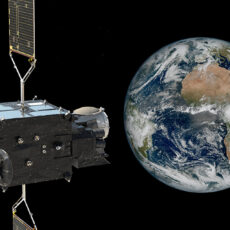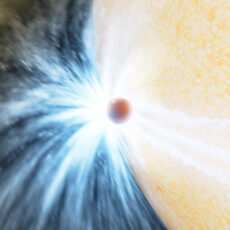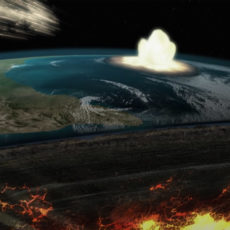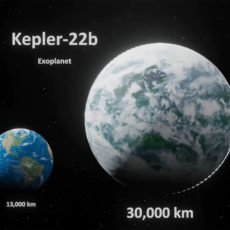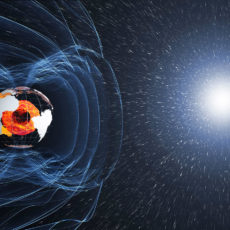
Pangea Proxima (Pangea Ultima) is a supercontinent that will form in around 250 million years, and it may be inhospitable to all mammals on Earth. Why? After simulating temperature, wind, rain and humidity trends for the supercontinent, researchers at the University of Bristol found that carbon dioxide levels would be far too high to sustain mammalian life as we know it.
The resulting tectonic plate movement, ocean chemistry and biology would cause more regular volcanic eruptions, resulting in more carbon dioxide being released into the atmosphere, thus warming the planet. The sun would also become brighter and emit more energy, warming Earth even further. This would mean widespread 40-50° Celsius (104-122° Fahrenheit) temperatures and even greater daily extremes, compounded by high levels of humidity.
- Spinning Earth globe model for display Explore the world as you build this The Globe (21332) set, a detailed LEGO Ideas replica of a vintage Earth...
- Authentic spinning movement. Two LEGO worlds collide to build this globe, with LEGO Technic elements to recreate the classic, spinning axis and LEGO...
- Glow in the dark decoration. Light up the room with decorated tiles displaying the names of continents and oceans

The outlook in the distant future appears very bleak. Carbon dioxide levels could be double current levels. With the sun also anticipated to emit about 2.5% more radiation and the supercontinent being located primarily in the hot, humid tropics, much of the planet could be facing temperatures of between 40°C to 70°C,” said Dr. Alexander Farnsworth, Senior Researcher at the University of Bristol.



